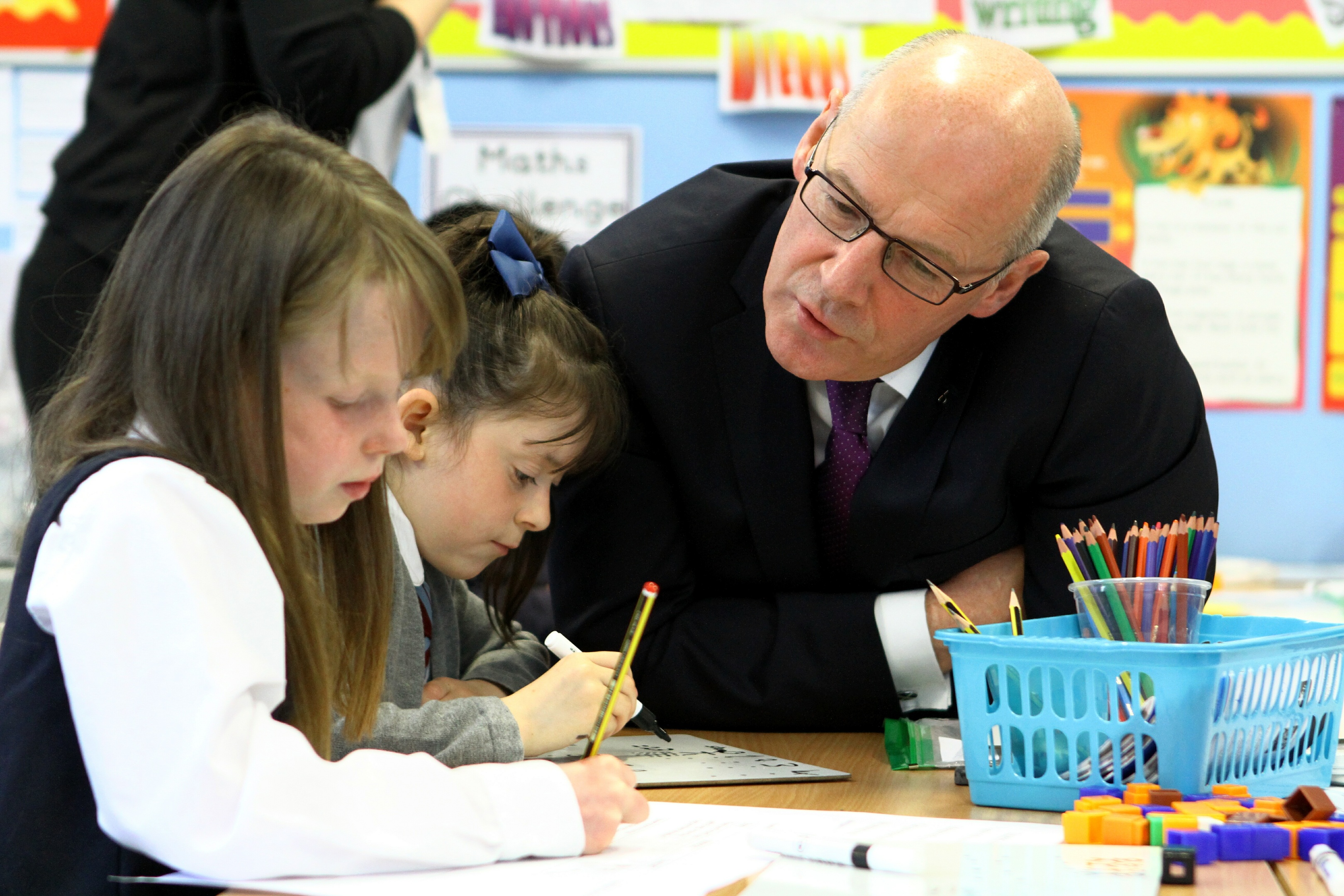
ACROSS the country, pupils are heading back to school after the summer break.
And in classrooms the length and breadth of Scotland, there will be much talk of “what I did on my holidays”.
But as The Sunday Post today reveals, a part of what some pupils did was not really in the holidays, it was in term-time. Their parents had taken them out of school early.
Let’s be clear from the start – it is important that schools and parents continue to do all they can to ensure good attendance, in order to maintain children’s attainment.
But I have great sympathy with parents who want to take the kids off on a break and are then faced with the annual summer holiday price hike.
Every year, as July rolls round, the price of holidays increases massively. You do not get more for your money: the holiday is exactly same in June, July and August. It is just the price that rockets.
Education expert says more frequent but shorter school holidays will keep pupils in class
For parents trying to give their kids the best holiday they can, it is a huge temptation to pull them out of school a week early and beat the price hike. Indeed, for some, it may make the difference between going on holiday or staying at home. I understand that.
But, as education secretary, I have to say that kids’ schooling must come first.
That doesn’t stop me asking why parents are being forced to choose between school and a good holiday break. They are simply trying to do the best by their kids but holiday firms are hiking the price and forcing a choice on parents that is unfair on them and their children.
I understand perfectly well that the increased demand of the summer months, particularly once the English schools go off, increases the price. But that is not meant to be the whole story.
As every Higher Economics pupil learns, the market is meant to correct. Over time, the increased price is supposed to generate more supply and cause the price to fall.
That is a core definition of a market that is working properly. Yet, when it comes to holidays, people have gone from being children to adults to parents, and still the pattern of a summer price hike holds, decade after decade.
That is not a market working well, that is a market that is broken.
It is tempting, given the same pattern has held for so long, to think that it is simply the way things have to be.
But that’s not true. We can – and should – ask hard questions of the holiday firms. I am sure they will argue that they are not price gouging – and I cannot say that they are – but it cannot be right that generation after generation of parents are faced with the choice between school and a decent summer holiday for their kids.
While this debate over whether there is a better way takes place, that choice is one that parents continue to face. I will not blame them for being tempted but I would ask that they keep their kids in school and resist the lure of lower holiday prices.
High school holidays: Soaring number of kids skipping school revealed

Enjoy the convenience of having The Sunday Post delivered as a digital ePaper straight to your smartphone, tablet or computer.
Subscribe for only £5.49 a month and enjoy all the benefits of the printed paper as a digital replica.
Subscribe